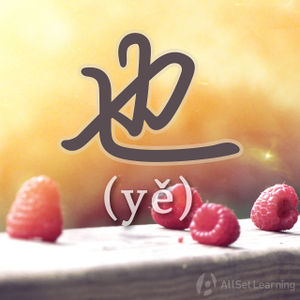Difference between revisions of "Expressing "no matter" with "buguan""
| Line 2: | Line 2: | ||
不管 (bùguǎn) is more informal than 无论, but is used in more or less the same way. As with other constructions, 都 and 也 can be used in the second part of the sentence to emphasize the action or decision will not change. | 不管 (bùguǎn) is more informal than 无论, but is used in more or less the same way. As with other constructions, 都 and 也 can be used in the second part of the sentence to emphasize the action or decision will not change. | ||
| − | + | ==Structure== | |
| + | <div class="jiegou"> | ||
| + | 不管 + [situation] + Subject + (都/也)+ [result] | ||
| + | </div> | ||
<div class="liju"> | <div class="liju"> | ||
Revision as of 10:03, 15 October 2012
-
Level
-
Similar to
-
Used for
-
Keywords
不管 (bùguǎn) is more informal than 无论, but is used in more or less the same way. As with other constructions, 都 and 也 can be used in the second part of the sentence to emphasize the action or decision will not change.
Structure
不管 + [situation] + Subject + (都/也)+ [result]
- 不管 你 信 不 信,反正 我 信!
- 不管 我 是 在 英国 还是 不在 英国,我 都 习惯 每天 吃 英式 早餐。
- 为了 你, 不管 让 我 付出 什么 代价,我 都 觉得 值得。
As we can see from the example sentences, 不管 is often used with 是 X 还是 Y, "Verb 不 Verb" and interrogative pronouns like 多少 and 什么.



